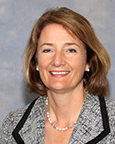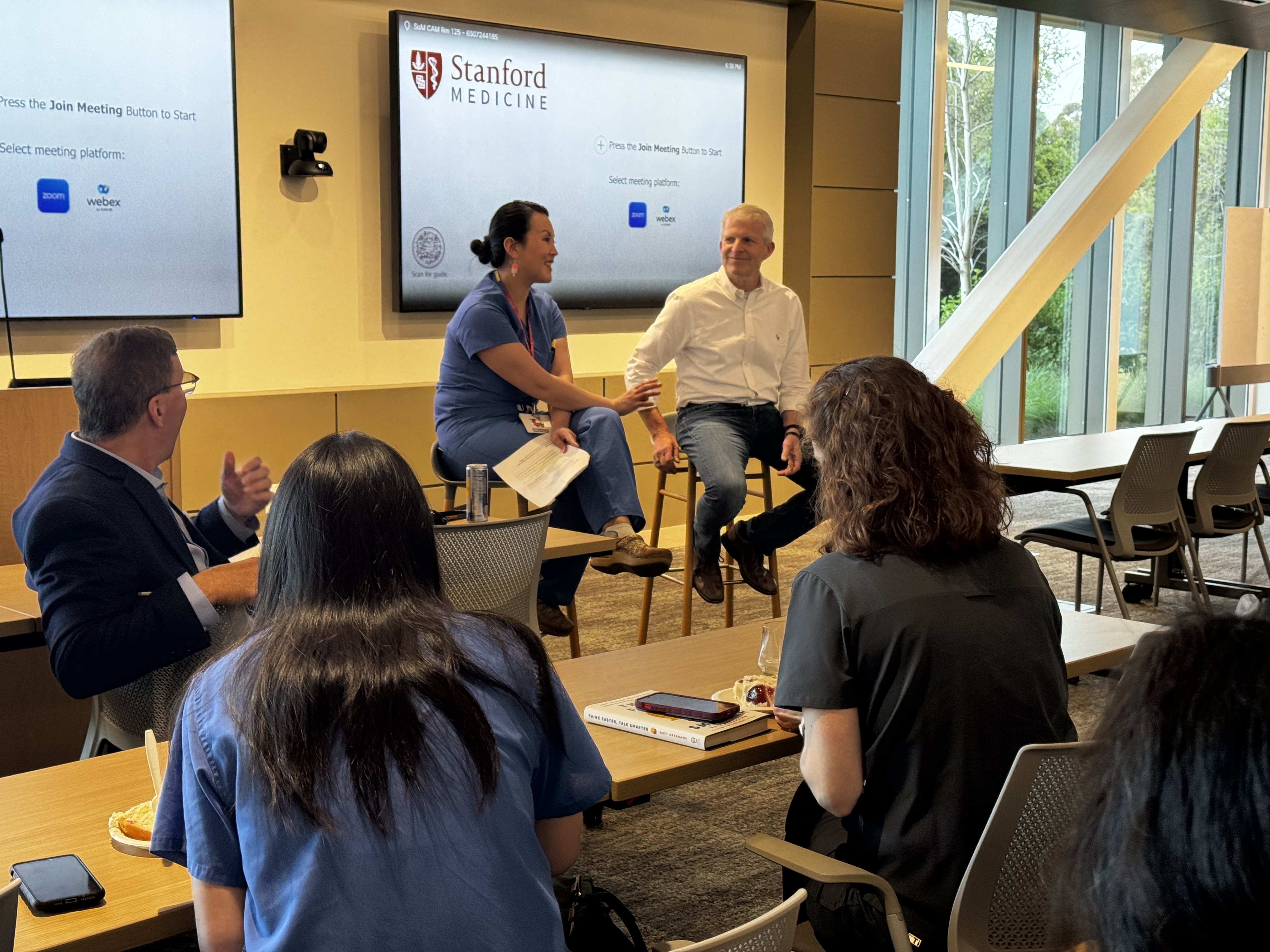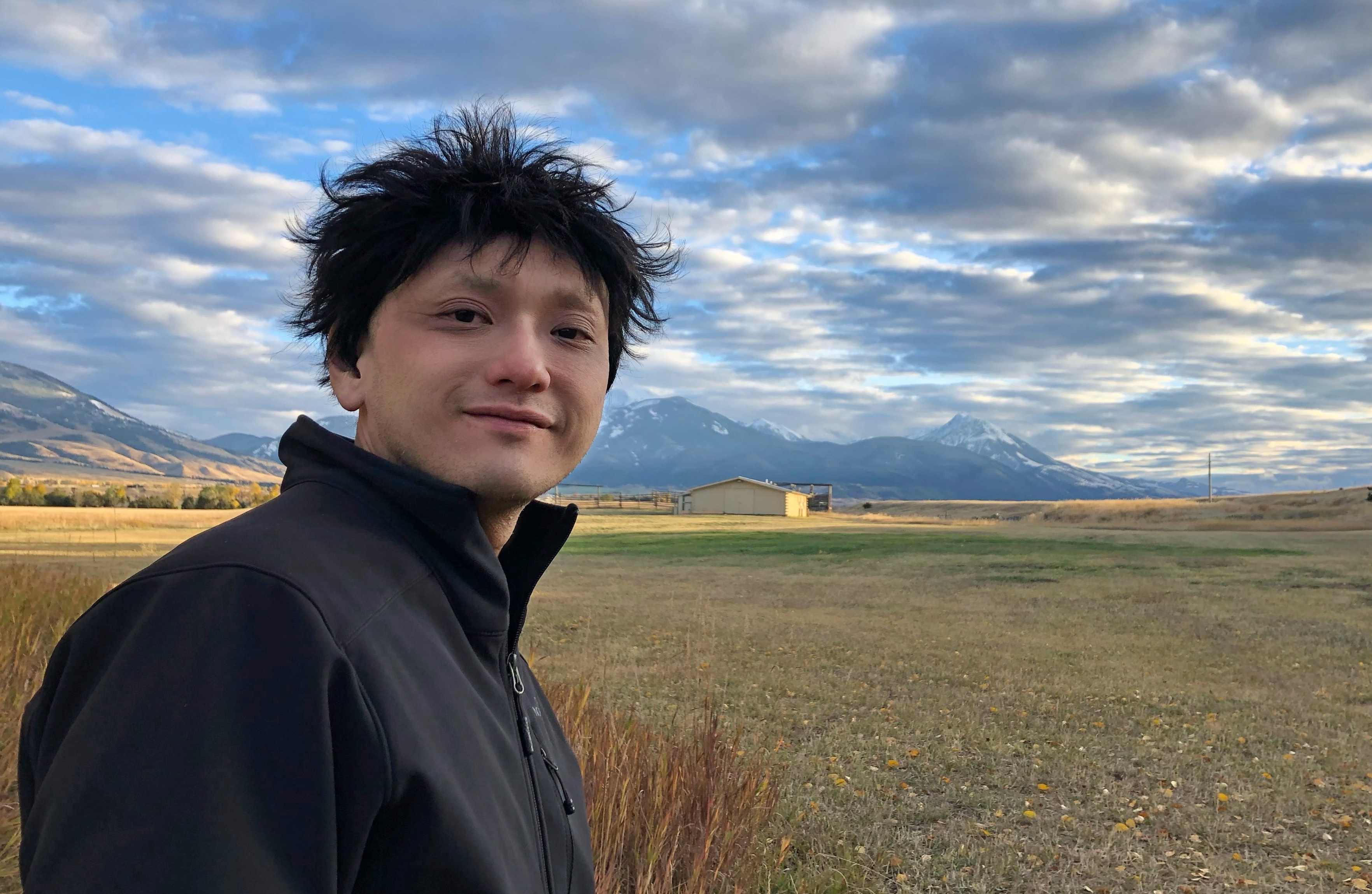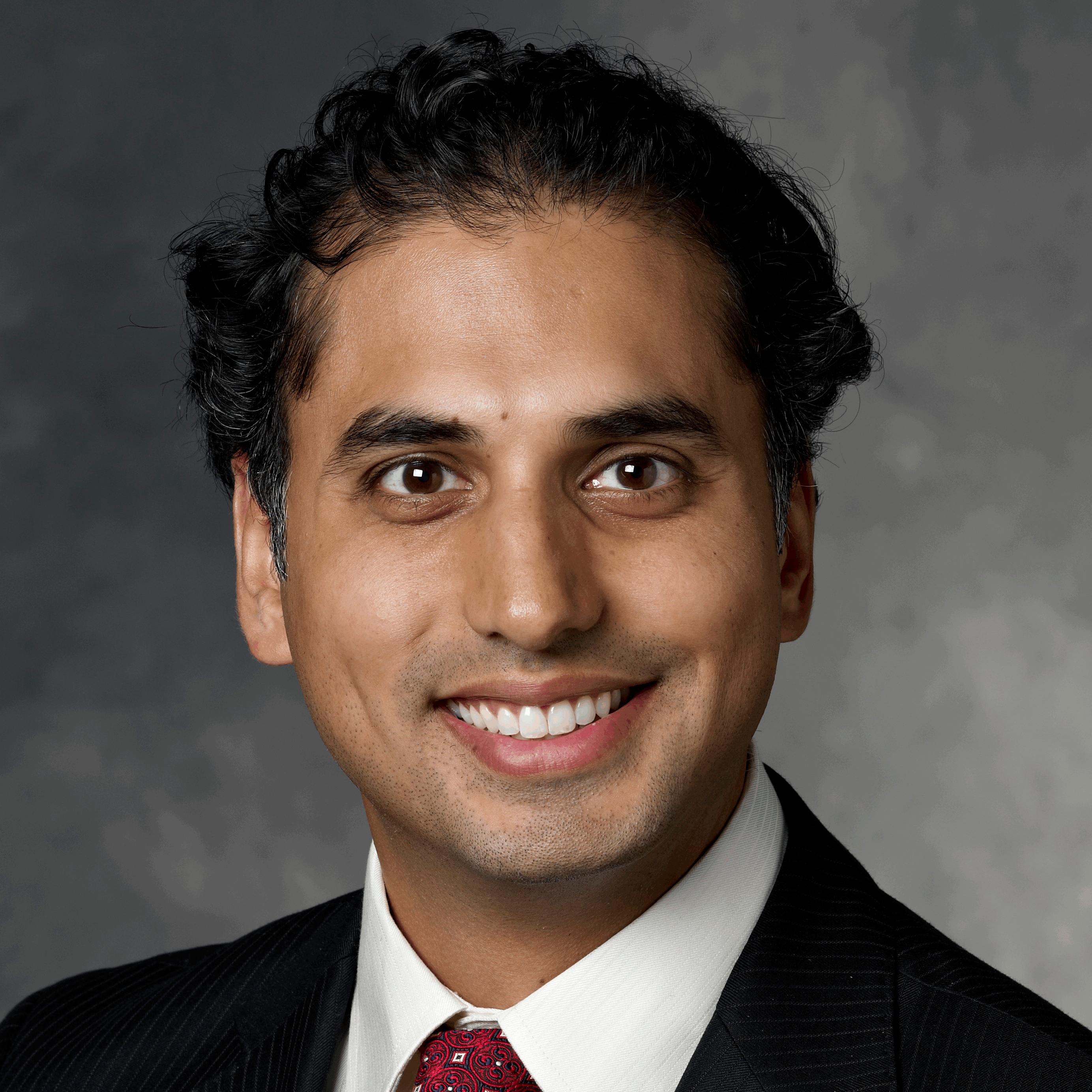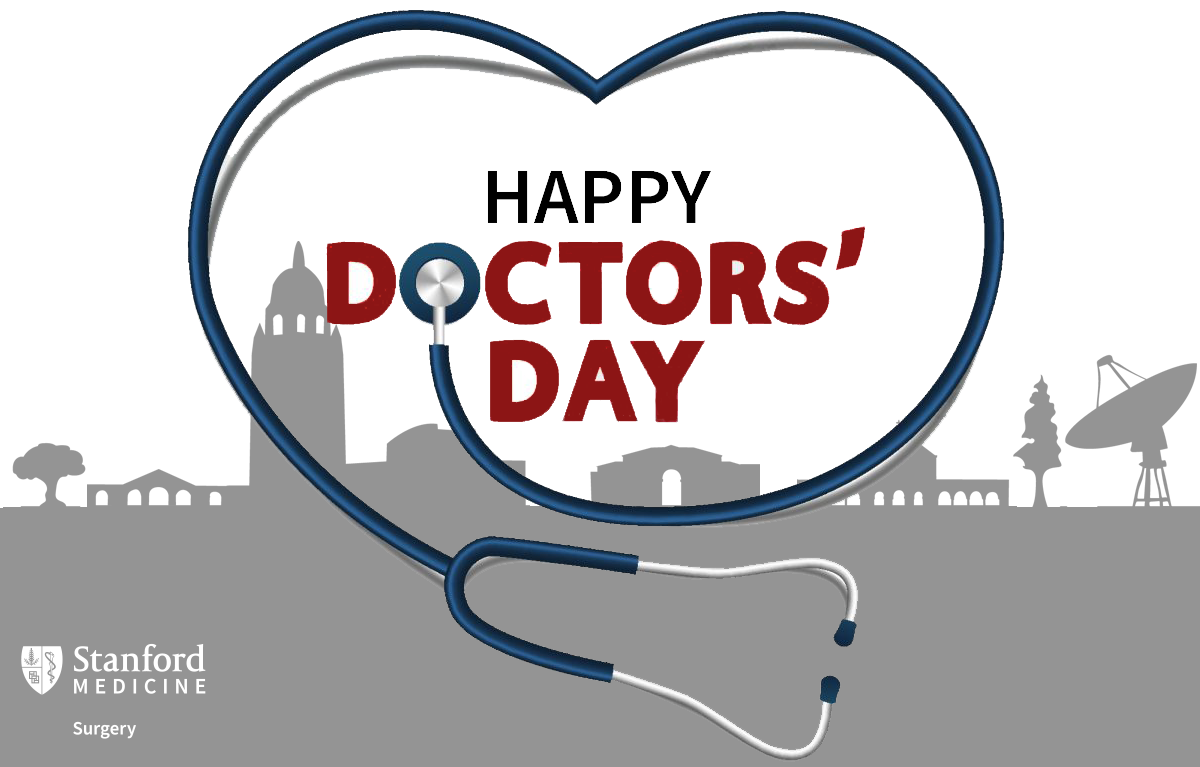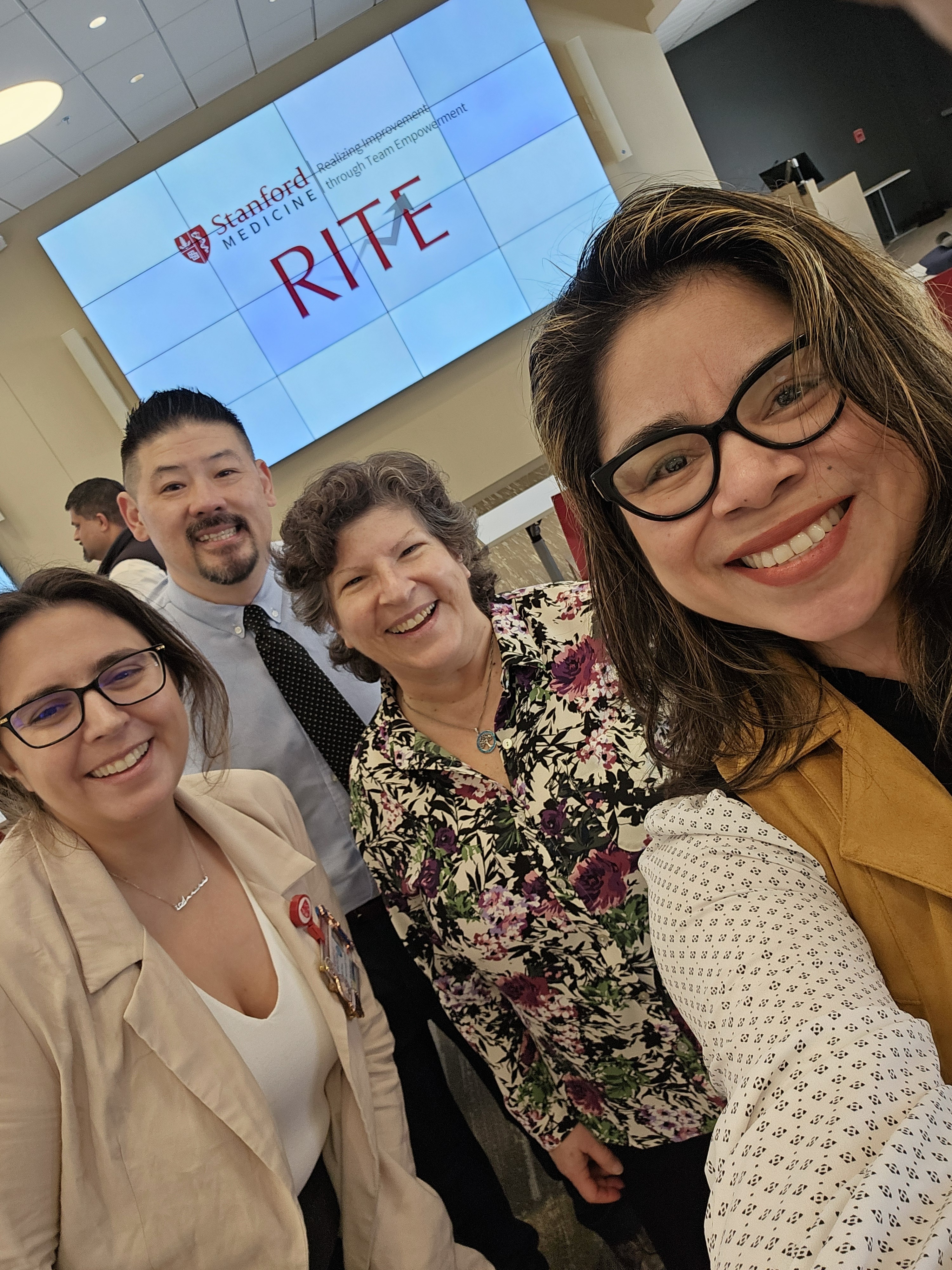Faculty PD Team Hosts First Networking Event
April 26, 2024
What did you wear to your last networking event? Business casual? Or maybe a suit? Did you debate tie versus no tie? Whether you should wrangle yourself into some shapewear?
Dr. Stephanie Chao greeted guests to the department’s latest networking event in her hospital-issue blue scrubs. Although she had removed the hot pink cap, popsicles still dangled from her ears.
“Drs. Mary Hawn, Pete Lorenz, and I all wanted the event to be low key so it would not take people a lot of effort to mosey over from the hospital. Hence scrubs are ok.” said Chao, who serves as associate vice chair of professional development and hosted the event.
Surgeons from each of the department’s six divisions mingled and chatted as the tantalizing aromas of carne asada and al pastor wafted from the nearby taco truck.
“We wanted our faculty to have an opportunity to get to know each other better as our department continues to grow and recruit. Many of us have never had a chance to meet each other in person,” said Chao.
As the sun started to set, the group moved indoors for a “fireside” chat with Matt Abrahams, a lecturer at Stanford’s Graduate School of Business (GSB).
“I thought, who better to be the speaker for our first networking event than an expert in networking!” said Chao.
Although Abraham’s fundamental course, “Essentials of Strategic Communications,” is geared towards would-be business executives and entrepreneurs, many of his mnemonic devices can be tailored for any professional, even a surgeon.
“Communication permeates our daily work and personal lives,” said Dr. Karl Sylvester, a pediatric surgeon. “It was important to hear that communicating—from making small talk to giving pitches and presentations—is a skill.”
Abrahams started his talk by delving into his “Six Steps to Better Spontaneous Speaking” which comprises the first part of his new book Think Faster, Talk Smarter. Copies were purchased by the Department for all attendees (either hardcopy or audiobook) to help them continue developing their expertise after the event had drawn to a close.
“Practice, iterate, and improve is a process all surgeons are familiar with just not typically in the art of communicating—until now,” said Sylvester.
With a crowd of 30 surgeons, Chao and Lorenz said they consider the event a success and "in line with expectations." They look forward to planning future professional development opportunities for faculty. (Suggestions welcome!)
“The business school has so many interesting courses and lecturers, that it was a natural place to start,” said Chao. “I think part of the richness of Stanford is that we are part of a world-class university campus. I want our department to see all that the university has to offer.”
Media Contact
Bio
About Stanford Surgery
The Stanford University Department of Surgery is dedicated to inventing the future of surgical care through:
• pioneering cutting-edge research,
• developing the next generation of leaders, and
• healing through incomparable surgical skills and compassion.
To learn more, please visit surgery.stanford.edu
The Latest
- Surgery
ACSCC24 Wangensteen Scientific Forum Dedicated to Dr. Hawn
Dr. Mary Hawn has been selected as the Dedicatee of the Owen H. Wangensteen Scientific Forum at 2024 ACS Clinical Congress. The forum will take place Saturday, October 19 through Tuesday, October 22 in San Francisco.
- Surgery
Faculty PD Team Hosts First Networking Event
Drs. Pete Lorenz and Stephanie Chao, the vice chair and associate vice chair of professional development at Stanford Surgery, hosted a networking event with special guest Matt Abrahams.
- News Center
Chuck Chan, stem cell researcher who discovered how to regrow cartilage, dies at 48
The Stanford Medicine researcher was known for his groundbreaking work and his generous spirit as a mentor and colleague.
- Surgery
The Role of Plastic Surgery in Critical Care Medicine with Dr. Benjamin Levi
This episode of Scrubcast features Dr. Benjamin Levi, Chief of Burn, Trauma, Acute, and Critical Care Surgery at UT Southwestern and our honored guest at the 2024 Emile F. Holman Lecture.
- Surgery
Dr. Khosla Promoted to Professor
Dr. Rohit Khosla has been promoted to the rank of Clinical Professor in Surgery. The promotion is effective May 1, 2024.
- Global Health
Meet Dr. Derbew Fikadu Berhe, University of Global Health Equity researcher, educator, and pharmacologist - Global Health
Dr. Berhe will be at Stanford April 23-27 for a mixed methods research training and hopes to connect with colleagues in global health research, pharmacology, and noncommunicable diseases. His trip is sponsored by Stanford Surgery's Office of Global Engagement.
- Surgery
Surgery Expands National Doctor Day to a Month-long Celebration
Although National Doctor’s Day officially took place on March 30, Stanford Surgery celebrated department faculty all month-long with a series of events.
- Healthier, Happy Lives Blog
How a Social Media Post Led a Teen to Find a ‘Kidney Buddy’ for Life
Jaxon was diagnosed with nephronophthisis, a genetic disorder of the kidneys. Children who have this disease need a kidney transplant by the time they’re teenagers, as it eventually leads to kidney failure.
- Healthier, Happy Lives Blog
New Liver Gives a Toddler a Renewed Chance at Life
“Ocean was in dire need of a liver transplant,” says Carlos Esquivel, MD, pediatric transplant surgeon. “He was very ill and running out of time to wait for a compatible pediatric donor. We rarely get a pediatric donor. We had an offer for him from an adult donor that was his only chance for survival. We were able to use a small segment of the donated liver to save his life.”
- Surgery
Team Reduces Reimbursement Rejections by A Third
A team comprised of Linda Thomas, Co-Lead Carmen LoCascio as well as Robin Cohen, Amos Lam, Kevin Lee, Ana Mezynski, and Jackie Stahl participated in SHC's RITE (Realizing Improvement through Team Empowerment) Program and successfully reduced reimbursement rejections from 25 to 17%.
